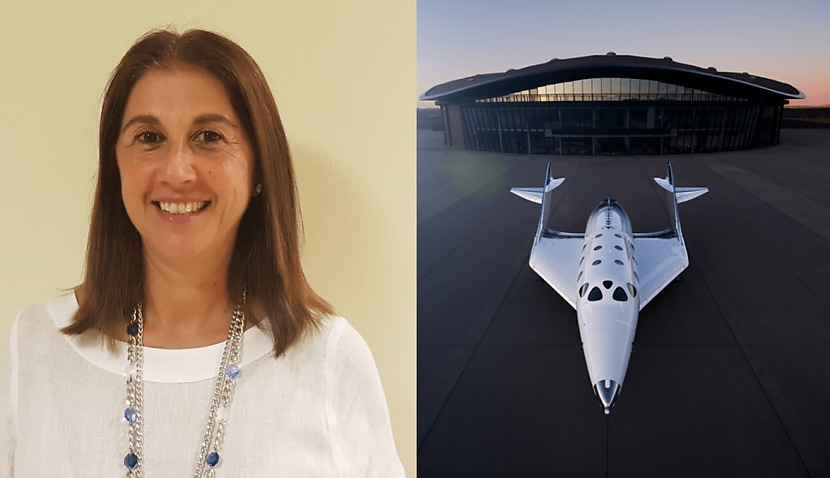
Ahead of her session at the Australian Space Summit and Exhibition 2024, Loredana Santo argued suborbital flights offer a quicker and more cost-effective avenue to conduct research in microgravity conditions than visiting a space station like the ISS.
Santo is a professor of manufacturing processes at the University of Rome Tor Vergata, Italy and has conducted in-depth research on organic shape-memory polymers.
She has been engaged in research on innovative and smart materials like organic shape-memory foams (OSMFs), and published a paper in 2022 titled Organic Shape-Memory Polymers and their Foams and Composites in Space in the SpringerLink journal.
In it, she and other authors stated that OSMFs respond to an external stimulus (including heat, electricity, light, magnetic fields, water, and solvent) by beginning the process of changing from the deformed state and returning to its original state.
They are lightweight, low cost, have high shape deformability and recoverability, tailorable switch temperature, and are easy to manufacture, the authors said.
Shape memory offers additional functionalities to organic foams such as the partial recovery of damages from impacts or volume reduction for long-time storage.
For this reason, OSMFs could potentially be used in the aerospace and biomedical field, primarily as light actuators, expandable and self-deployable structures, and environmental-sensitive structures, the authors added.
According to Professor Santo, suborbital flights enable scientists to test how a range of materials develop in a microgravity environment.
She recently tested some shape memory polymer composites on the International Space Station (ISS) using small pieces to evaluate its recovery in the space environment.
“The same material was tested in a suborbital flight using very large samples,” Professor Santo told Space Connect.
“You can test bigger objects on suborbital flights compared to the ISS, which only allows you to test very small components. Therefore, it is much more complicated to conduct these kinds of experiments on the ISS.
“This is because the cost is substantial for high volumes and heavy materials. In suborbital flights, you don't have this problem. You can test big structures.”
Professor Santo – who is also the head of the Department of Industrial Engineering, and head of the Space Sustainability Centre – added that suborbital flights are cost effective.
“For example, one flight on Virgin Galactic is about €3 million, which seems like a lot of money,” she said.
“But if you have more astronauts and experiments inside the flight with different groups of scientists who will want to pay for the test, the cost is low compared with going on board the International Space Station.
“I believe that with more investments in these kinds of flights and the development of technology, these costs will decrease even further.”
Additionally, scientists can retrieve the results of their experiments within two hours on a suborbital flight, Professor Santo noted, as they can test their materials directly.
“Whereas when you go to the ISS, you need to go on board, stay there for a long time, and then return,” she flagged.
There have been multiple developments on suborbital flights in the recent past, with new research revealing that suborbital travel could be accessible within a decade and slash the time to fly between London and Sydney to just under two hours.
Meanwhile, spaceport firm Equatorial Launch Australia agreed on a deal with a Singaporean rocket company in February for a series of suborbital launches later this year.
At our flagship Australian Space Summit and Exhibition 2024, Professor Santo and a panel of speakers will expand on the opportunities and challenges present in suborbital flights, new research and experiments in microgravity on these flights, and updates on new space research.
Click here to book your tickets and ensure you don’t miss out!
For more information, including agenda and speakers, click here.
Receive the latest developments and updates on Australia’s space industry direct to your inbox. Subscribe today to Space Connect here.












